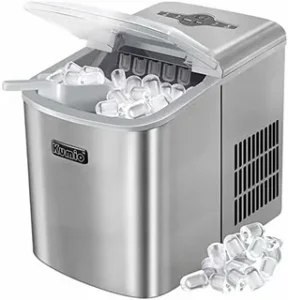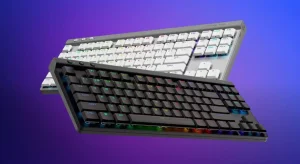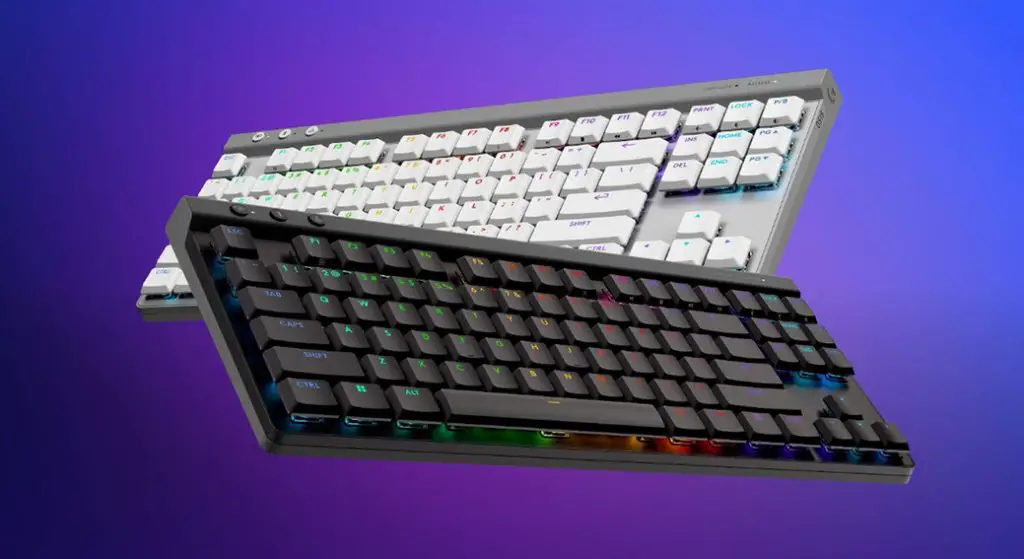When it comes to optimizing your typing or gaming setup, few things are as satisfying and impactful as personalizing your keyboard. Tenkeyless (TKL) keyboards — which lack the number pad — offer a compact and ergonomic layout ideal for gamers, programmers, and everyday users alike. In this article, we’ll explore how to customize your tkl keyboard for peak performance, from key switches and keycaps to firmware tweaks and layout optimization.
Why Choose a TKL Keyboard?
Before diving into customization, it’s important to understand why TKL keyboards are so popular:
- Compact size: Saves desk space and offers better mouse alignment.
- Portability: Easier to carry for LAN parties or remote work setups.
- Efficiency: Eliminates less-used keys without sacrificing essential functions.
But even with these advantages, a stock TKL keyboard may not offer the best experience out of the box. That’s where customization comes in.
1. Choose the Right Switches
The first step in learning how to customize your TKL keyboard for peak performance is selecting the switches that suit your needs. Switches affect both typing feel and sound. The three main types are:
- Linear (e.g., Cherry MX Red): Smooth and quiet, great for gaming.
- Tactile (e.g., Cherry MX Brown): Slight bump for feedback, ideal for typing.
- Clicky (e.g., Cherry MX Blue): Audible click, satisfying but can be noisy.
Consider hot-swappable PCBs that let you change switches without soldering, giving you more flexibility.
2. Upgrade Your Keycaps
Swapping out stock keycaps can greatly improve both aesthetics and typing comfort. Look for:
- Material: PBT plastic is more durable and resistant to shine than ABS.
- Profile: Different profiles (e.g., OEM, Cherry, SA) can affect typing feel.
- Legends: Doubleshot or dye-sublimated legends last longer and look sharper.
Matching keycap sets to your desk setup also adds a personal touch.
3. Optimize the Firmware
One of the most powerful ways to improve your keyboard’s performance is through firmware customization. Open-source tools like QMK and Via allow you to remap keys, create macros, and set custom layers. Some key ideas include:
- Custom layers: Add productivity shortcuts or gaming profiles.
- Macros: Combine key presses into single actions for faster workflows.
- Tap dances and combos: Trigger different actions with the same key depending on how it’s pressed.
Learning how to customize your TKL keyboard for peak performance often involves diving into this software layer to unlock the full potential of your device.
4. Enhance with Accessories
Beyond switches and firmware, there are several other upgrades to consider:
- Stabilizers: Lubing or replacing stabilizers can eliminate rattle and improve feel.
- Sound dampening: Foam inserts or silicone mats reduce noise and improve acoustics.
- Coiled cables: Aesthetic and functional, especially with custom connectors.
- Wrist rests: For ergonomics and long typing sessions.
5. Test and Refine
After making your customizations, spend time testing your setup in real-world scenarios. Are your macros helping or hindering? Is the switch type fatiguing after long hours? Small tweaks based on real usage can be the difference between a good setup and a great one.
Final Thoughts
Learning how to customize your TKL keyboard for peak performance is both an art and a science. From choosing the right hardware to dialing in the software and accessories, every change brings you closer to the perfect typing experience. Whether you’re a gamer, a coder, or someone who simply appreciates good design, a well-customized TKL keyboard can elevate your productivity and enjoyment every time you sit down to type.




